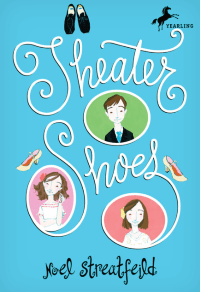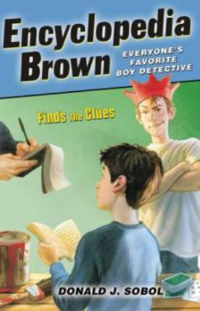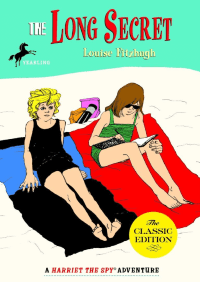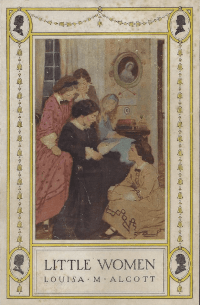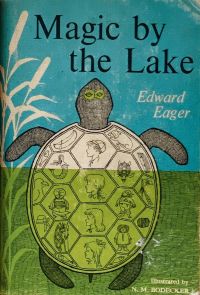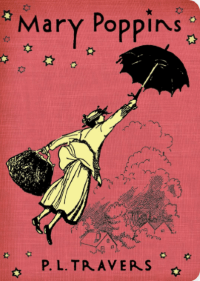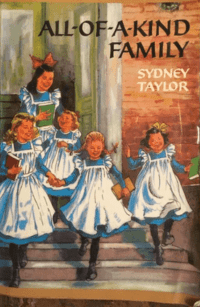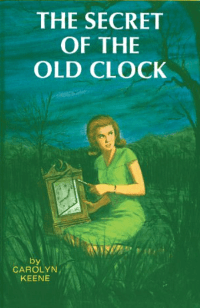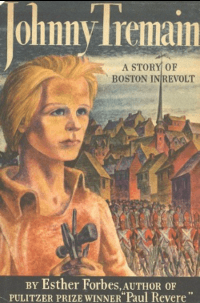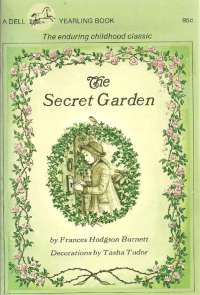(You can listen to this episode here.)
Writer and scholar Jean Freedman joins us to talk about Noel Streatfeild’s 1944 book Theater Shoes (originally published in the UK as Curtain Up), the story of three children who attend a theatrical school. We discuss London during World War II and welcome the (offstage) reappearance of the three sisters in Streatfeild’s beloved Ballet Shoes (1936), who are now young women pursuing their careers.
Mentioned on this episode:
Books by Jean Freedman: Whistling in the Dark: Memory and Culture in Wartime London and Peggy Seeger: A Life of Music, Love, and Politics
Other books by Noel Streatfeild: Circus Shoes, Dancing Shoes, Tennis Shoes, Skating Shoes
Mrs. Miniver (1942), trailer here
A website on Streatfeild that includes a detailed discussion on Theater Shoes/Curtain Up
Books and other works of literature mentioned in Theater Shoes: Little Women by Louisa May Alcott, Little Lord Fauntleroy by Frances Hodgson Burnett, David Copperfield by Charles Dickens, Alice’s Adventures in Wonderland by Lewis Carroll, A Midsummer Night’s Dream and The Tempest by William Shakespeare, The Princess and the Pea by Hans Christen Andersen
Recommended by Jean: Little Women by Louisa May Alcott, The Adventures of Tom Sawyer by Mark Twain, A Little Princess by Frances Hodgson Burnett; Anne of Green Gables by L.M. Montgomery, The Witch of Blackbird Pond by Elizabeth George Speare, Johnny Tremain by Esther Forbes, A Wrinkle in Time by Madeleine L’Engle, and Dress Rehearsal by Monica Stirling; books by Beverly Cleary and Judy Blume; fairy tales by Oscar Wilde
Recommended by Debby: The Saturdays by Elizabeth Enright; Half Magic by Edward Eager
Recommended by Mary Grace: The Saturdays by Elizabeth Enright; The Lion, the Witch, and the Wardrobe by C.S. Lewis
Other episodes: Rereading Ballet Shoes by Noel Streatfeild; Rereading Pippi Longstocking by Astrid Lindgren; Rereading Little Women, with Jamie Stiehm; Rereading The Witch of Blackbird Pond by Elizabeth George Speare
The podcast is hosted by Buzzsprout at rereadingourchildhood.buzzsprout.com and is available on Spotify, Apple Podcasts, and other platforms.
You can find Deborah at deborahkalb.com, Mary Grace at My Life 100 Years Ago, and Jean at jeanfreedman.com.
This episode was edited by Adam Linder of Bespoken Podcasting.

